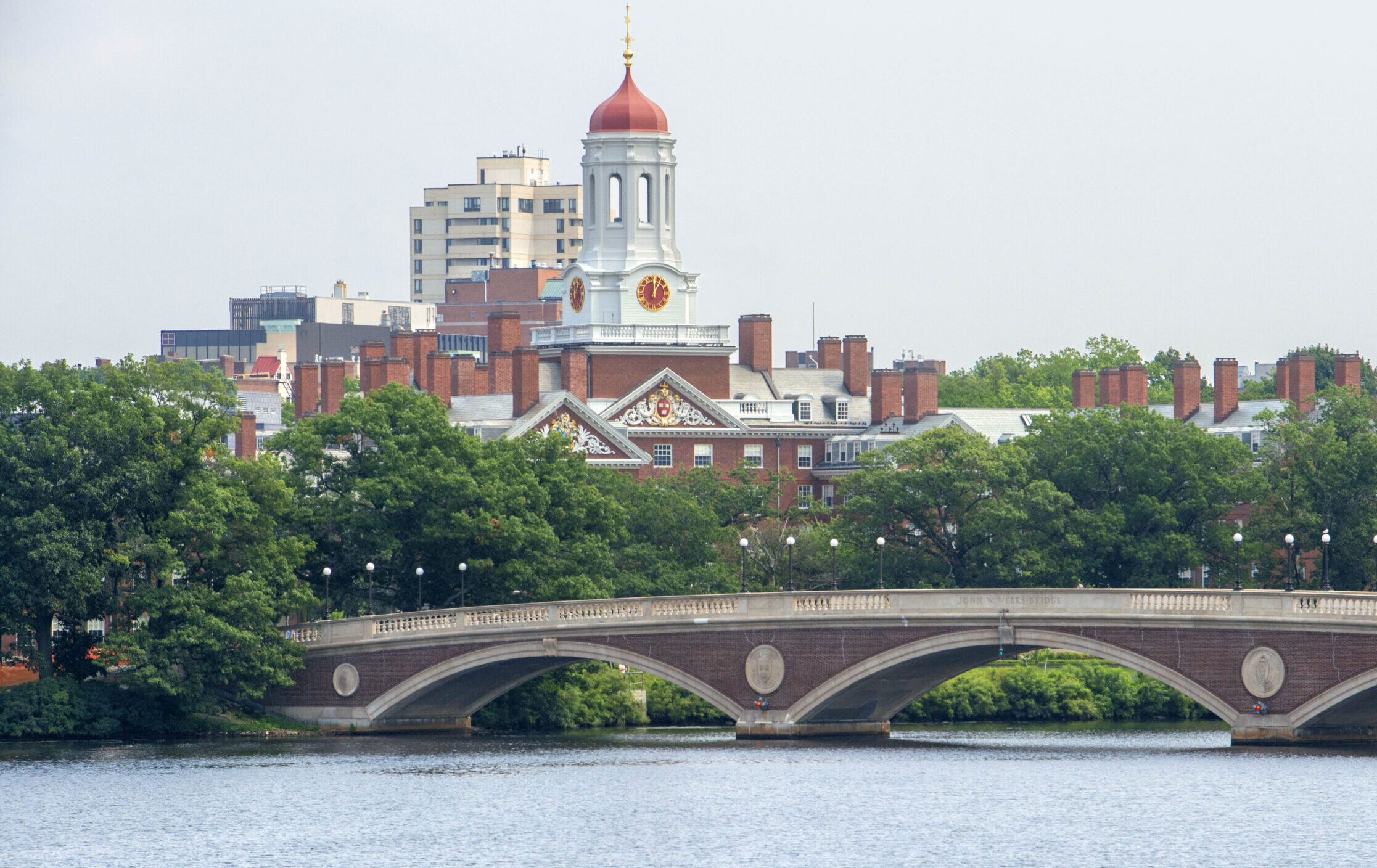An Easy Fix for Higher Ed
An ambitious reform agenda could start with one simple change that wouldn’t need congressional approval.

In 2017, Donald Trump signed a law placing a 1.4 percent tax on the net income of university endowments that exceed $500,000 per student. Drew Faust, then the president of Harvard University, decried the tax as “a blow at the strength of American higher education.” If Republicans have their way during a second Trump term, that tax will be only the beginning.
Trump has vowed to transform higher education accrediting bodies, in part to ensure that universities remove “wasteful administrative positions,” especially those tied to DEI initiatives. Trump has also stated his intention to bring cases against universities that are found to be in violation of civil-rights law (say, by creating a hostile environment for Jewish students). Schools found to be in violation could be “fined up to the entire amount of their endowment,” according to Trump.
Meanwhile, Republicans in Congress have announced their intention to review the billions in federal funding that universities receive for research each year. In 2023, Harvard University alone received $676 million in federal funding, covering about 11 percent of its operating costs.
Radical as these proposals may seem, they can be seen as reflecting changes in public sentiment. In 2015, 57 percent of Americans expressed a great deal or quite a lot of confidence in higher education, according to Gallup. This year, only 36 percent of Americans did so. Meanwhile, 32 percent of respondents had very little or no confidence in higher education, up from 10 percent in 2015.
Though confidence in universities has fallen most dramatically among Republicans, concern has risen among Democrats and independents as well. Politicization is the most frequent complaint among those who express low confidence in America’s universities.
Despite increasing popular skepticism of universities, some of Trump’s proposals will be difficult to enact. Reform of the accreditation system would likely require a revision of the Higher Education Act of 1965—a heavy lift. Civil rights investigations are likely to prove time-consuming and unwieldy. The suspension of research funding is likely to be a political non-starter, given the important role universities play in advancing research with industrial and military applications.
There may be a better way for reformers to ensure that universities pursue important goals such as non-discrimination (including against those who are not members of underrepresented minorities, or who hold unpopular views), academic freedom, and curricular rigor. This strategy is narrowly targeted at the administrative bloat that has had so much to do with the politicization of the universities. It does not require congressional action or lengthy investigations. It does not imperil dollars directly allocated for potentially groundbreaking research. All it takes is threatening to stop giving universities generous payments for so-called “indirect costs.”
For every dollar in federal research funding that a university receives, the university generally demands a further 30 to 40 cents to cover so-called indirect costs, ranging from janitorial work and building maintenance to administrative overhead. Though claiming some amount of indirect costs is reasonable, universities have exploited weak accounting requirements and lackadaisical negotiating by federal authorities. Administration has been the main beneficiary. By threatening indirect cost rates, the federal government can attack one of the main funding sources for today’s college bureaucracy.
Given that this money is directly funding university administrators, it is eminently reasonable to ensure that it is being spent in a way that conforms with the law and serves the interests of American citizens. A university that appears to discriminate against conservatives in its hiring, or that fosters a campus environment hostile to Jews, should not expect to have its administrative costs covered by American taxpayers. Universities found to have done these things should have their indirect-cost rates radically reduced or zeroed out.
Subscribe Today
Get daily emails in your inbox
At present, universities are exploiting the federal government’s lack of vigilance about indirect cost rates. As Jay Greene, a researcher at the Heritage Foundation, has noted, most private foundations that fund research cap those costs at 15 percent, with most refusing to pay them at all. Universities nonetheless accept money from private foundations and make up the difference by overcharging the federal government. (Greene notes that Johns Hopkins University charges taxpayers a 64 percent indirect costs rate.) This means that taxpayers are subsidizing the research priorities of wealthy philanthropies.
Because indirect costs are negotiated between federal agencies and each institution, and are reviewed regularly, they are better tools for encouraging institutional reform and monitoring institutional compliance than one-off pieces of legislation. A university can be assessed on whether it has made a good-faith effort to remove administrative bias, as opposed to simply removing the words “diversity, equity, and inclusion” from the job description of an administrator whose duties haven’t changed.
Using these rates as a means of institutional reform may prove appealing to Donald Trump, who prides himself on being a skillful negotiator. Given his love for the art of the deal, he should appoint administrators who are ready and able to encourage higher education reform by reexamining the indirect costs attached to federal research spending. This will help to ensure that tax dollars are facilitating innovative research that everyone can support—rather than administrative measures opposed by broad swaths of the American citizenry.